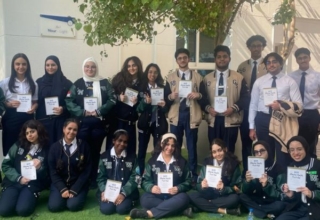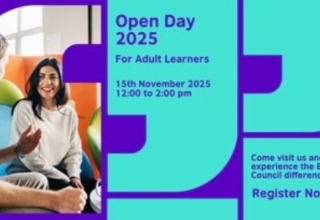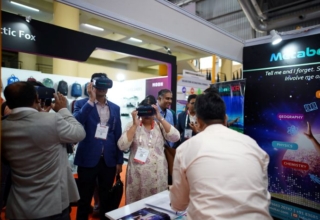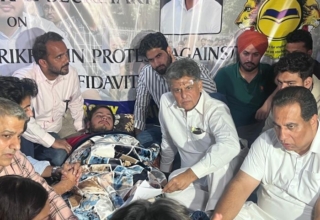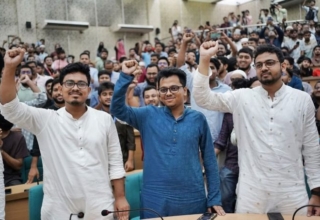
It is important to prioritize between foundational structure and refurbishing of an edifice, societal, governmental or economic. In the past four years and nine months, the current NDA government at the centre has made the latter choice, that is cosmetic interventions in school education to keep hopes of 25 crore children alive, and by that extension future human capital of the country. The government may have lost a historic opportunity of building on the educational reforms and an architecture that came through the enactment of Right to Education Act some eight years ago. Prior to that the whole decade of 2000s remained witness to a lot of dialogues and various campaigns in the run up to that enactment. Effectively, it was bodywork of over two decades that NDA government inherited when it came to power in 2014.
Ever since if it has done a thing about this watershed law, then it is villianizing of the RTE Act, and in particular presenting sec 16 (no detention policy) of the Act as the enemy of the children. The government has forgotten that it was the BJP as a party that had in fact led this movement in the parliament initially with constitutional amendment and it was rare piece of legislation that was supported 100% by the whole Parliament.
With institutional bankruptcy and increasing role of foreign models, the due diligence in matters of policy and implementation has taken a backseat. In a country where ITIs (industrial training institutes) were the ‘primary’ skill training schools and brought about a revolution in yesteryears, have been overlooked, made to decay and are substituted by three-month ‘cheating’ courses on a national scale, the treatment meted out to school education is nor surprising.. When schools don’t get proper science labs, robotics labs have been given away to please some vendors and school managements.
The government’s failure to continue with a comprehensive dialogue and support research in education policies, apart from reducing the quality of decisions, proper implementation and priorities, has also pitted providers against each other. The diversity in school education ecosystem, where governments have themselves contributed by rolling out alternate school systems and private sector, which has been traditionally there and in last a few decades have intensified competitive schooling with different models, is a reality in Indian context. How to reconcile with this is a governmental duty with informed debates and pro-people regulations. However, this vital debate has been given a miss by this government and as such people feel they are not heard and there is a chaos in minds and streets.
Comparing or importing Norway models et al is a silly proposition for a country of size like India. Our national education agenda must conform to objectives of national development and changing dynamics in the world. The country needs to breathe in an environment where people feel they have a voice, they are cared, they have opportunities to grow. Education and health are two long term investments that have handsome returns in terms of longevity, prosperity and happiness. Let’s remember that.


